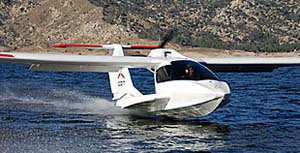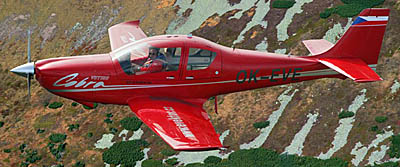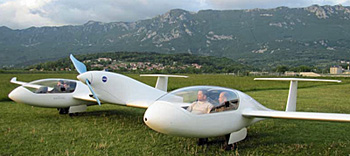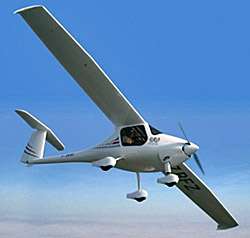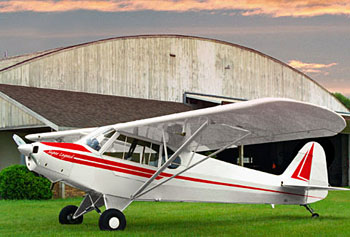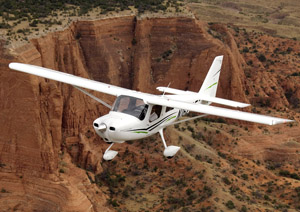
Sportair USA thinks the American Cub replicas — those from CubCrafters or American Legend — are rather expensive. After all, when LSA started and the European aircraft began arriving, those across-the-Atlantic manufacturers enjoyed very low wage rates and lower general costs allowing them to sell at prices below that U.S.-based producers could match. A couple years before the first European LSA arrived, a euro and a dollar had roughly the same value. Then things started to change. Wages began to rise in eastern Europe. Simultaneously, the dollar began to lose value… or the euro began to gain (it doesn’t really matter which way you look at it). The two conspired to cause the price of European-built LSA soar in cost to American buyers. Today, at least one (Allegro) and perhaps as many as four more European aircraft will be built in the USA.


 A couple years before the first European LSA arrived, a euro and a dollar had roughly the same value. Then things started to change. Wages began to rise in eastern Europe. Simultaneously, the dollar began to lose value... or the euro began to gain (it doesn't really matter which way you look at it). The two conspired to cause the
A couple years before the first European LSA arrived, a euro and a dollar had roughly the same value. Then things started to change. Wages began to rise in eastern Europe. Simultaneously, the dollar began to lose value... or the euro began to gain (it doesn't really matter which way you look at it). The two conspired to cause the 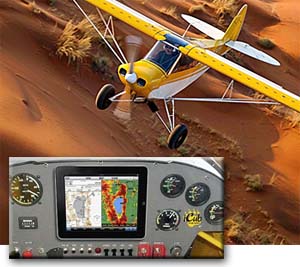 So, what if you'd love a Cub-like aircraft yet you haven't won the lottery? How about iCub? (Or how about a
So, what if you'd love a Cub-like aircraft yet you haven't won the lottery? How about iCub? (Or how about a 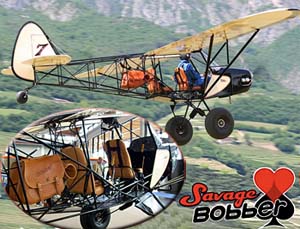 Bill Canino, President of SportairUSA coined a new phrase when he said, "Zlin Aviation builds one of the world's most popular lines of Cub fly-alikes." Indeed the Zlin is not a Cub. It's lighter and uses the Rotax engine; neither American Cub replica uses Rotax. "We are now able to offer [Savage models] in America at prices $40,000 to $50,000 below the competition," said SportairUSA. To prove their point, the Arkansas company lists Savage Cub for $78,790, ready-to-fly including shipping, fees and registration. New, lower prices on other aircraft in the Savage line are $71,090 for the Classic, $74,490 for the Cruiser, and $87,610 for the iCub.
SportairUSA has become a full-line supplier to the LSA industry with additional aircraft such as
Bill Canino, President of SportairUSA coined a new phrase when he said, "Zlin Aviation builds one of the world's most popular lines of Cub fly-alikes." Indeed the Zlin is not a Cub. It's lighter and uses the Rotax engine; neither American Cub replica uses Rotax. "We are now able to offer [Savage models] in America at prices $40,000 to $50,000 below the competition," said SportairUSA. To prove their point, the Arkansas company lists Savage Cub for $78,790, ready-to-fly including shipping, fees and registration. New, lower prices on other aircraft in the Savage line are $71,090 for the Classic, $74,490 for the Cruiser, and $87,610 for the iCub.
SportairUSA has become a full-line supplier to the LSA industry with additional aircraft such as 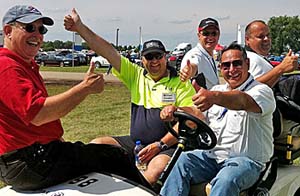






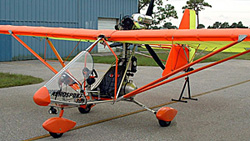



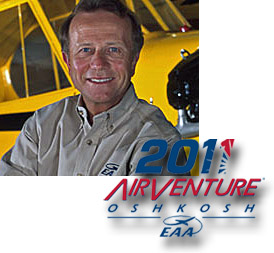











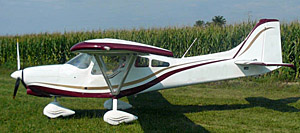




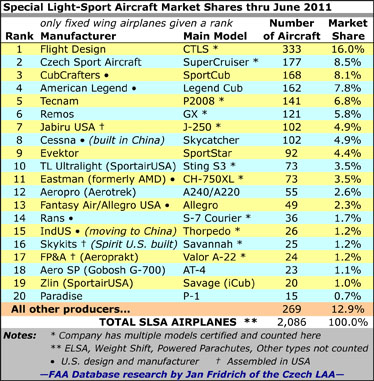



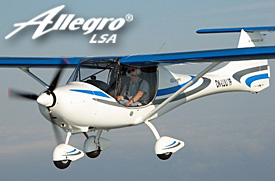



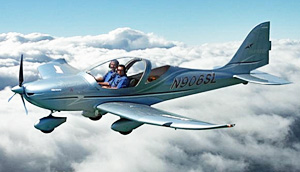



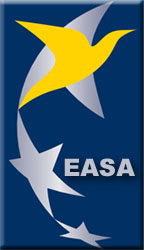



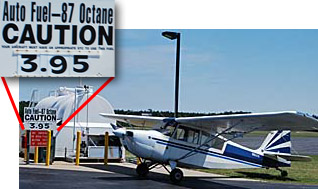



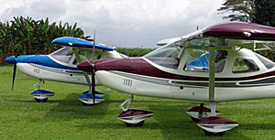 I am only aware of one company* in the USA that offers you a choice of a conventional three-axis fixed wing or a weight-shift control (WSC) flexwing. Why do this? Simple. Not all pilots want the same kind of aircraft and some of us like both kinds of flying.
It happens that the boys from Zephyr Hills airport have two interesting machines and you ought to know about them. "Boys" in this case refers to Abid Farooqui, Larry Mednick, and Phil Mednick; the latter are a son and father combo. Abid and Larry are trike guys while Phil is the fixed wing fellow and they display not only expertise, but as the impressive Revo development shows, they bring genuine creativity to the aircraft. This trio of talent operates several businesses, including a flight school.
I am only aware of one company* in the USA that offers you a choice of a conventional three-axis fixed wing or a weight-shift control (WSC) flexwing. Why do this? Simple. Not all pilots want the same kind of aircraft and some of us like both kinds of flying.
It happens that the boys from Zephyr Hills airport have two interesting machines and you ought to know about them. "Boys" in this case refers to Abid Farooqui, Larry Mednick, and Phil Mednick; the latter are a son and father combo. Abid and Larry are trike guys while Phil is the fixed wing fellow and they display not only expertise, but as the impressive Revo development shows, they bring genuine creativity to the aircraft. This trio of talent operates several businesses, including a flight school.
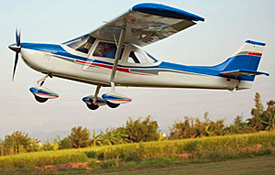 One company, Apollo Aircraft, offers the Columbian-designed
One company, Apollo Aircraft, offers the Columbian-designed 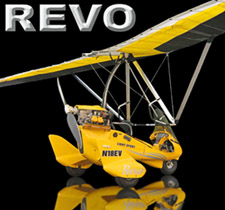 Another company,
Another company, 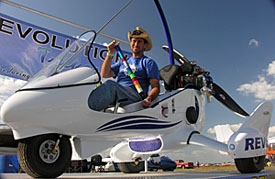 The Tampa Bay Aerosports operation offers trike instruction and handles maintenance plus customer support at Zephyr Hills Airport, located to the northeast of the Florida metropolis on the Gulf of Mexico. As proof of their effort, "Revo won the Grand Champion Light Sport Aircraft at the 2011 Sun 'n Fun airshow," boasted Larry. Now adding the Ibis fixed wing, this Florida enterprise can supply what American pilots may seek, and at prices most can afford.
* Though you probably didn't realize, Pipistrel — maker of
The Tampa Bay Aerosports operation offers trike instruction and handles maintenance plus customer support at Zephyr Hills Airport, located to the northeast of the Florida metropolis on the Gulf of Mexico. As proof of their effort, "Revo won the Grand Champion Light Sport Aircraft at the 2011 Sun 'n Fun airshow," boasted Larry. Now adding the Ibis fixed wing, this Florida enterprise can supply what American pilots may seek, and at prices most can afford.
* Though you probably didn't realize, Pipistrel — maker of 






